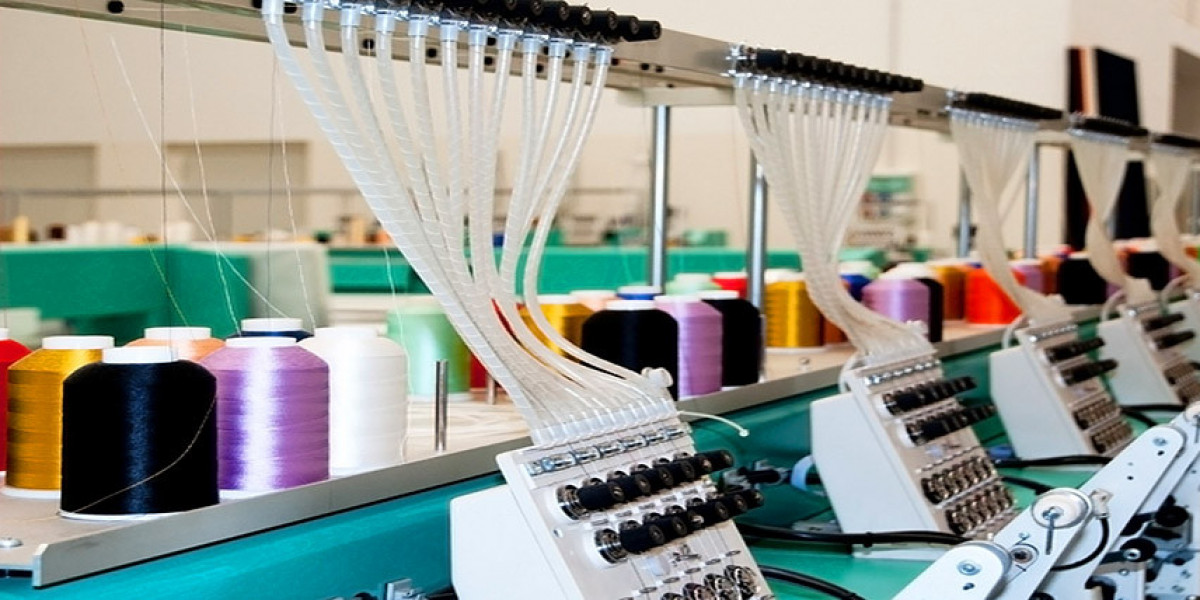The textile chemicals market continues to evolve as sustainability becomes a core focus in manufacturing. In 2024, the textile chemicals market is navigating a landscape marked by regulatory challenges, resource constraints, and breakthrough innovations that are reshaping the industry's future. Among these developments, antimicrobial and flame-retardant finishes play a crucial role in enhancing textile performance while meeting safety and hygiene standards.
Market Challenges
1. Stringent Environmental Regulations
Governments and international organizations are tightening regulations on chemical use and wastewater management. Compliance with initiatives such as the Zero Discharge of Hazardous Chemicals (ZDHC) and the European Union’s REACH regulation presents a challenge for manufacturers adapting to new standards.
2. High Costs of Sustainable Alternatives
While eco-friendly textile chemicals are gaining traction, their adoption is often hindered by high production and implementation costs. Small and mid-sized manufacturers face difficulties in transitioning to sustainable alternatives without financial incentives or technological support.
3. Supply Chain Disruptions and Raw Material Availability
The ongoing volatility in global supply chains affects the availability and pricing of raw materials for textile chemicals. Companies must find alternative sourcing strategies to maintain consistent production while reducing environmental impact.
4. Consumer Expectations for Performance and Safety
Consumers are demanding textiles that combine sustainability with high-performance attributes such as durability, stain resistance, antimicrobial properties, and flame resistance. Meeting these expectations without compromising environmental goals remains a key challenge.
Breakthroughs in Antimicrobial and Flame-Retardant Finishes
1. Advancements in Antimicrobial Textile Finishes
Silver and Copper Nanoparticles: These natural antimicrobial agents are widely used in medical textiles, activewear, and home furnishings to prevent bacterial growth.
Bio-Based Antimicrobial Finishes: Derived from plant extracts and enzymes, these finishes offer a sustainable alternative to traditional chemical treatments.
Quaternary Ammonium Compounds (QACs): A widely used antimicrobial solution that provides long-lasting protection against bacteria and viruses.
2. Innovations in Flame-Retardant Textile Treatments
Phosphorus-Based Flame Retardants: These chemicals enhance fabric fire resistance while reducing environmental impact compared to traditional halogenated compounds.
Bio-Based Flame Retardants: Made from naturally occurring materials, such as proteins and plant-derived compounds, they offer non-toxic fire protection.
Nanotechnology in Flame Retardants: The use of nanomaterials improves flame resistance without altering fabric texture or breathability.
Key Players and Market Strategies
1. BASF SE
BASF is advancing bio-based antimicrobial and flame-retardant textile auxiliaries to align with sustainability goals.
2. Huntsman Corporation
Huntsman is developing high-performance antimicrobial coatings and eco-friendly flame-retardant finishes that lower chemical footprints.
3. Archroma
Archroma is expanding its range of sustainable textile protection solutions, focusing on non-toxic antimicrobial and fire-resistant treatments.
4. Dow Chemical Company
Dow is creating advanced smart coatings with antimicrobial and flame-retardant properties, reducing the environmental impact of traditional textile treatments.
5. Wacker Chemie AG
Wacker Chemie AG is investing in silicon-based antimicrobial and flame-retardant textile applications that provide durability and efficiency.
Future Outlook for 2024 and Beyond
1. Expansion of Eco-Friendly Antimicrobial Solutions
The demand for sustainable antimicrobial textiles is growing in healthcare, sportswear, and home textiles, driving further research and innovation.
2. Growth in Non-Toxic Flame-Retardant Finishes
New non-toxic alternatives to traditional flame retardants are emerging, addressing health concerns while maintaining performance.
3. Adoption of AI-Powered Sustainable Manufacturing
Artificial intelligence and machine learning will optimize chemical usage, energy consumption, and process efficiency, making sustainable textile production more accessible.
4. Partnerships and Collaborations for Safer Textiles
Brands, chemical manufacturers, and regulatory bodies will continue to collaborate on innovative safety and sustainability initiatives, ensuring a balanced approach to environmental responsibility and consumer protection.
Conclusion
The textile chemicals market in 2024 is at a pivotal juncture, balancing challenges with groundbreaking innovations. As regulatory pressures and consumer expectations push for safer and more sustainable solutions, advancements in antimicrobial and flame-retardant finishes are shaping the future of textile manufacturing. Companies that invest in eco-friendly protection technologies, digitalization, and strategic collaborations will lead the industry toward a more sustainable and competitive future.
Read more https://www.pristinemarketinsights.com/textile-chemicals-market-report







